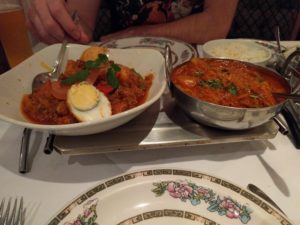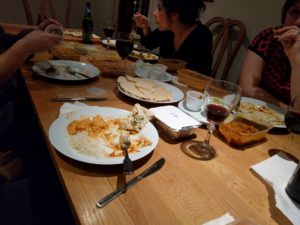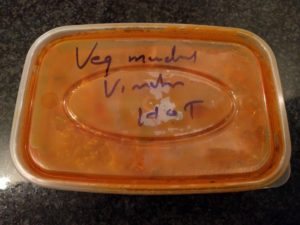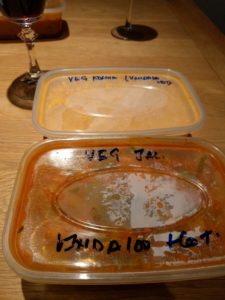Picking the best curry house in Brighton is not easy. It’s also more difficult for me after a couple of restaurants closed.
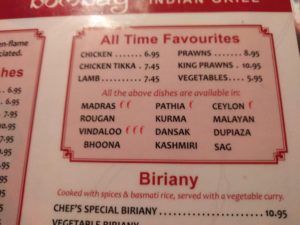
Two favourite places recently vanished from Preston Street. The Bombay, down at the sea end, used to be my go-to place for a straightforward British curry. Nothing flash, but a decent, consistent meal – consistency being one of the big problems with curry houses. More recently, the Nishat Tandoori closed for renovations (or relocation, according to the website). I’m hoping this is indeed the case, and it’s not one of those situations where shut ‘temporarily’ and never re-open.
The Nishat was great because the regular curry menu was combined with various Goan options. They did a good Xacuti and an excellent Goan-style vindaloo. Instead of assaulting you with chilli, it was done in the vinegary Goan style. They also had the regular dishes you’d expect from a British curry house. It was always fun mixing Goan- and British-style curry dishes.
The Curry Leaf Cafe gets a lot of respect, but that is on probation after managing to serve a hunk of lamb in my vegetable Thali. They did offer a free tea and coffee to apologise, but that isn’t much use when you’re on a lunch break and don’t have time to linger anyhow. I’m sure I’ll go back, but it’s taking me a while to feel comfortable about the idea.
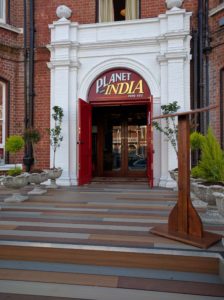
Some of those who know me are probably wondering why I’m not listing Planet India as my favourite curry house. I love Planet India. It has by far the best menu I’ve ever read, with a brief commentary on each of the dishes – a simple touch that always made me feel at home.
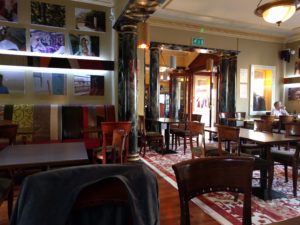
But I don’t consider Planet India a curry house, as it aims to provide more ‘authentic’ Indian dishes than the British-Indian places usually offer. It’s a great place for a treat, but not what I’m after for a standard takeaway curry.
With Nishat gone, I have a few go-to places. There’s the Raj Pavilion or the Shahi, which I know from when I used to live that side of town. My nearest restaurant if the Ashoka, which is pretty good. But right now, I don’t have a strong favourite. So what is the best curry house in Brighton?

